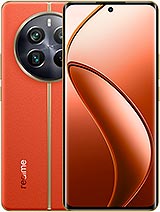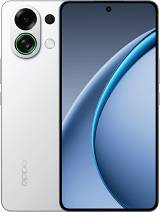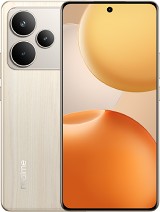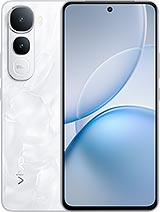Redmi Note 13 Pro+ alternatives
Tap above to see alternatives.
vivo Y400 alternatives
Tap above to see alternatives.
Redmi Note 13 Pro+
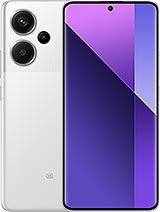
Redmi Note 13 Pro+
-
Dimensity 7200 Ultra
4 nm
-
5000 mAh
120W
-
6.67"
1220x2712 pixels
-
200 MP
4K@24/30fps
- Specs
2x2.8 GHz Cortex-A715
6x2.0 GHz Cortex-A510
2x2.2 GHz Cortex-A78
6x1.95 GHz Cortex-A55
12GB 256GB (UFS 3.1)
8GB 512GB (UFS 3.1)
12GB 512GB (UFS 3.1)
16GB 512GB (UFS 3.1)
8GB 256GB (UFS 3.1)
f/1.7, 23mm (wide), 1/1.4", 0.56µm, multi-directional PDAF, OIS
8 MP
f/2.2, 120˚ (ultrawide)
2 MP
f/2.4, (macro)
f/1.8, (wide), 1/1.95", 0.8µm, PDAF
2 MP
f/2.4, (depth)
1080p@30/60/120fps
f/2.4, (wide)
f/2.45, (wide), 1/3.1", 0.7µm
SIM1: Nano, SIM2: Nano
SIM1: Nano, SIM2: Nano (Hybrid)
10 5G bands
n1, n3, n5, n8, n28, n38, n40, n41, n77, n78
8 5G bands
n1, n3, n5, n8, n28, n40, n77, n78
In this performance comparison, the Redmi Note 13 Pro+ with its Mediatek Dimensity 7200 Ultra (4nm) performs better than the vivo Y400 with the Qualcomm Snapdragon 4 Gen 2 (4nm), thanks to superior chipset efficiency.
Redmi Note 13 Pro+ offers 3 years of OS updates, whereas vivo Y400 provides 2 years. For security updates, Redmi Note 13 Pro+ offers 4 years of support compared to vivo Y400's 3 years.
Both Redmi Note 13 Pro+ and vivo Y400 feature AMOLED displays, offering vibrant colors and deeper blacks. Both smartphones offer the same 120 Hz refresh rate. Both devices deliver the same brightness level at 1800 nits. Notably, Redmi Note 13 Pro+ offers a higher screen resolution, resulting in sharper visuals and more detailed content.
vivo Y400 features a larger 6000 mAh battery, potentially delivering better battery life. Redmi Note 13 Pro+ also supports faster wired charging at 120W, compared to 90W on vivo Y400.
vivo Y400 offers better protection against water and dust with an IP69 rating.
- vivo Y400 – Check price here
¹ Scores can vary even with the same chipset due to RAM, thermals, and software optimization.

